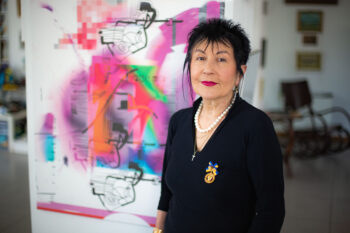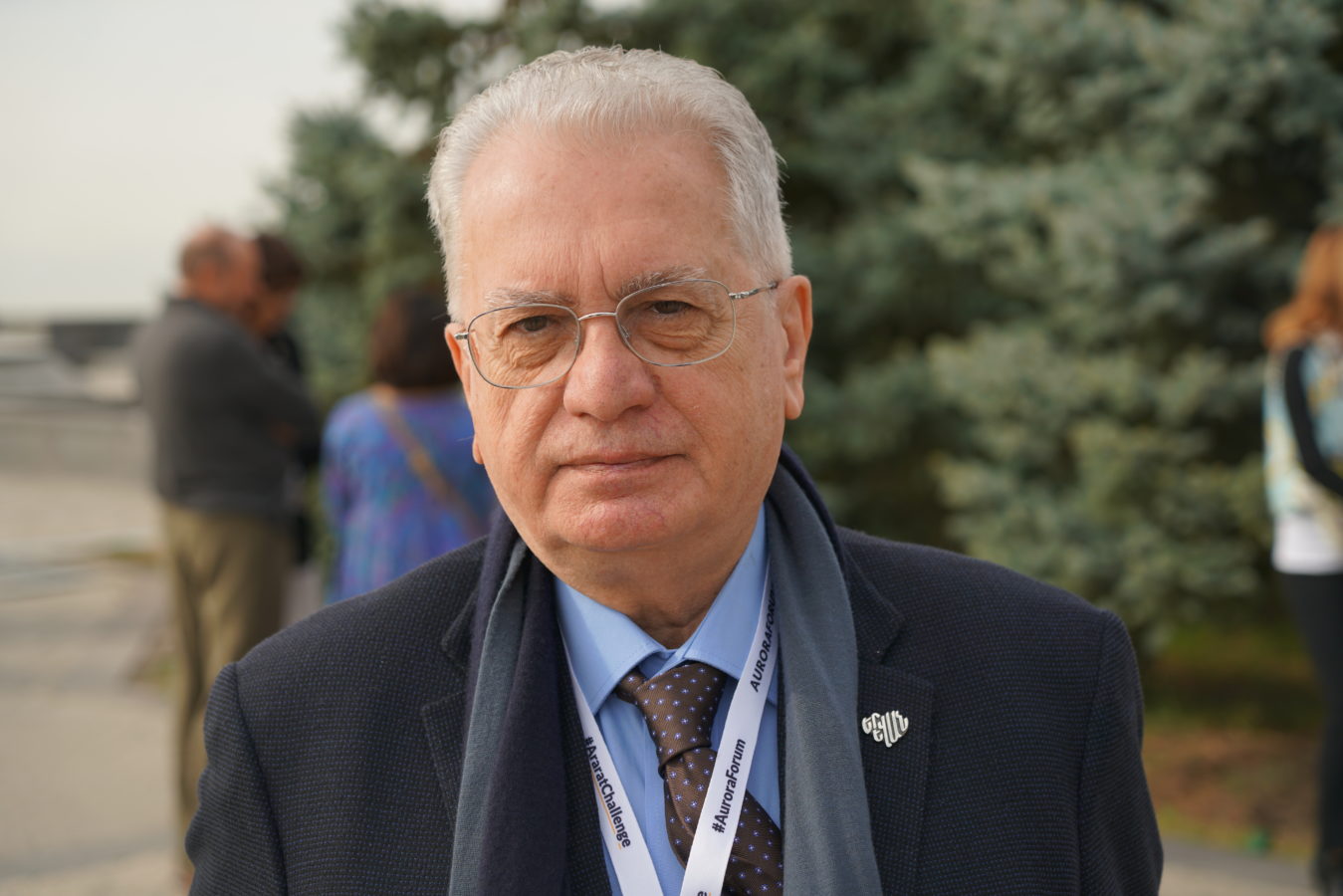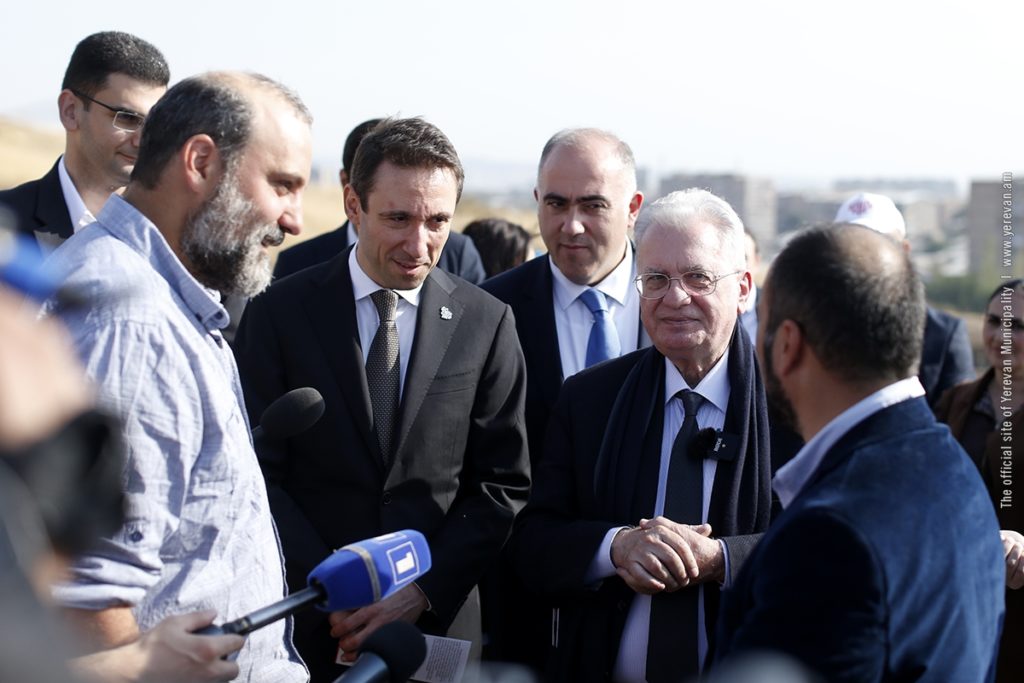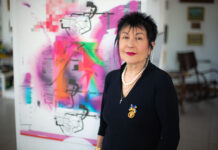YEREVAN – Prof. Dr. Mikhail Piotrovsky, director of the world-famous State Hermitage Museum of Saint Petersburg for almost three decades, was in Armenia in mid-October to explore projects of museum cooperation, meet with government officials, and participate in some of the Aurora Forum events. He gave a Russian-language talk on October 19 as part of the Aurora Dialogues in the Ararat Challenge festivities and is an Aurora Forum Goodwill Ambassador.
Piotrovsky and the Hermitage have profound ties with Armenia. The Hermitage is the only museum in the world which has a special department of Armenian and Urartian antiquities. Prior to Piotrovsky, it had an Armenian director, Hovsep (Joseph) Orbeli from 1934 to 1951.
Piotrovsky was born in Yerevan in 1944 to an Armenian archaeologist and Armenologist mother, Hripsime Janpolatyan, while his father Boris Piotrovsky (1908-1990) was a famous specialist on Urartu and himself a director of the Hermitage for nearly 40 years. With a doctorate in history specializing in Arabic studies, Piotrovsky participated in archaeological excavations in the Caucasus, Central Asia and Yemen. He has published widely, teachers as a professor at Saint Petersburg State University, and is a member of the Russian Academy of Sciences and the Russian Academy of Arts. He is a foreign member of the Armenian Academy of Sciences.
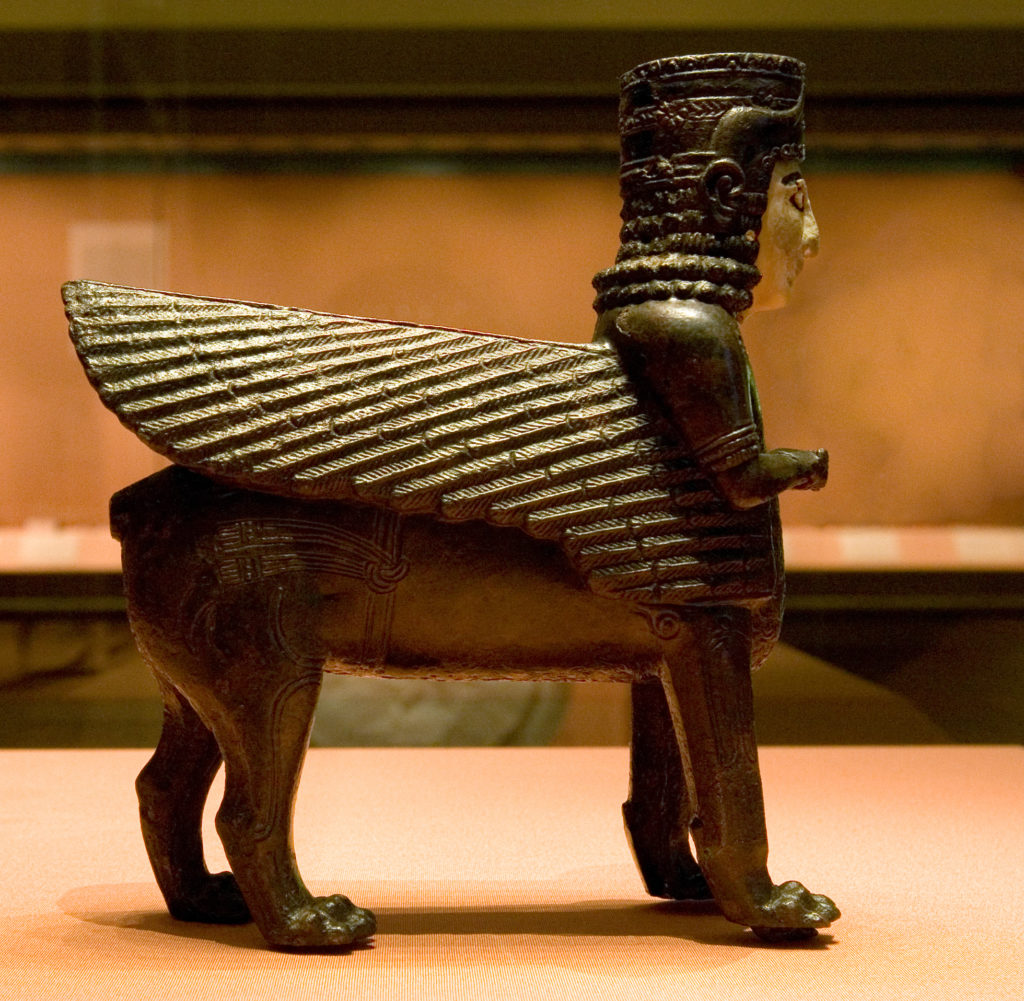
The Hermitage and Armenia
Piotrovsky wanted Armenian-American readers to be aware of these connections. He said, in fluent English, “The Hermitage is really one of the places that is very much connected with Armenia, a museum outside Armenia that has a big department of ancient and medieval Armenia. The Hermitage for more than 70 years was run by people connected with Armenia — Orbeli, my father, and me. And the Hermitage is one of these important outposts of Armenia, as Saint Petersburg in general is, and it is very important. I think that the Armenian presence all over the world and relations between Armenia itself and all the outposts of Armenian culture around the world are very important.”
Piotrovsky explained that “as a museum director, I am very much involved in all the prolongation of the cooperation between the Hermitage and Armenia.” As part of his trip, he visited the Urartian site of Karmir Blur or Teishebaini together with the mayor of Yerevan, Hayk Marutyan. Piotrovsky’s father Boris directed the original excavations there in a joint expedition of the Armenian Academy of Sciences and the Hermitage and in this way strengthened ties between Yerevan and Saint Petersburg (then Leningrad) at the same time.

